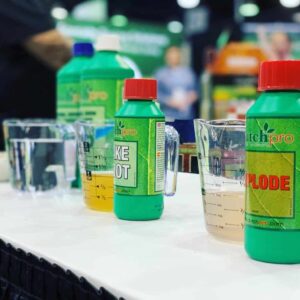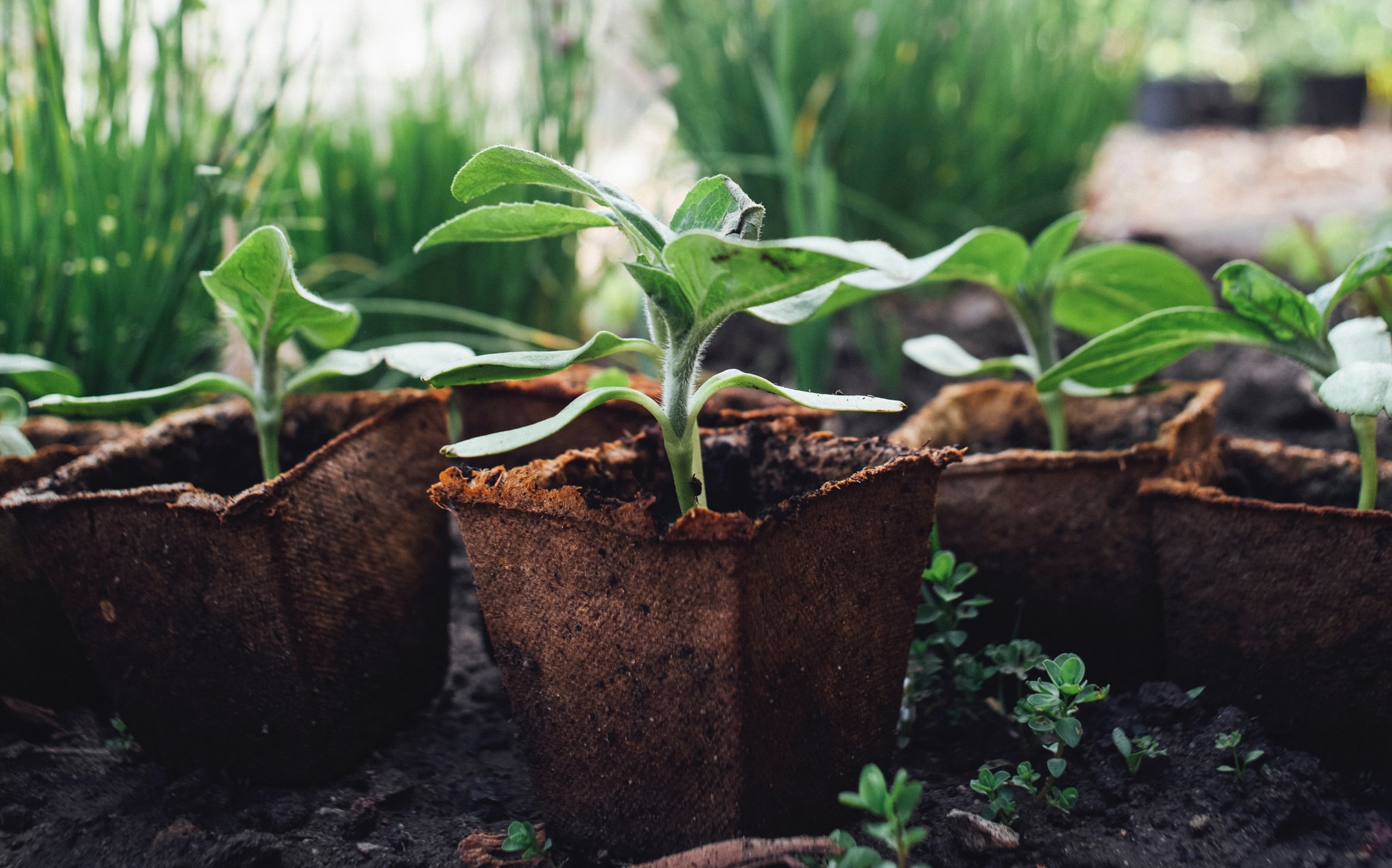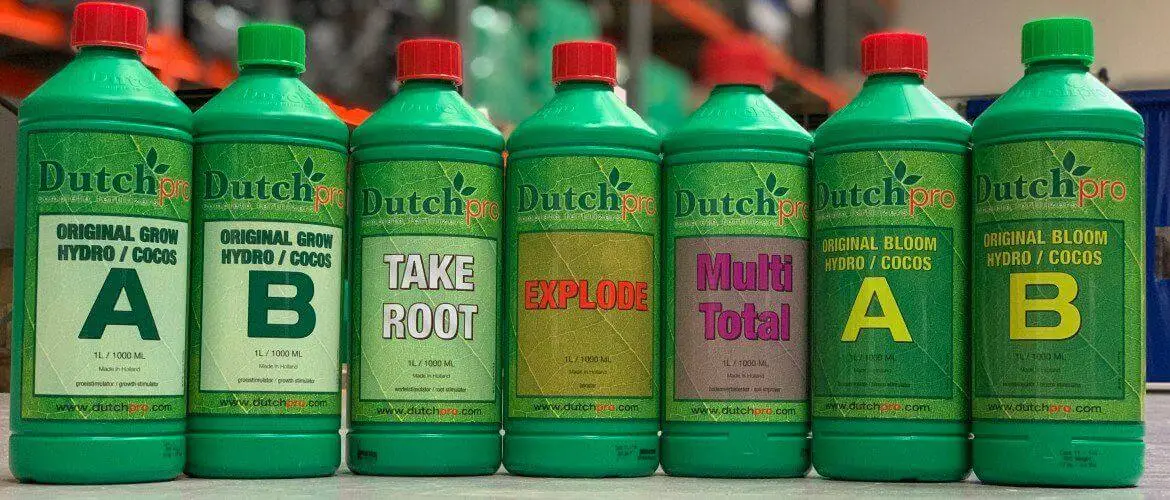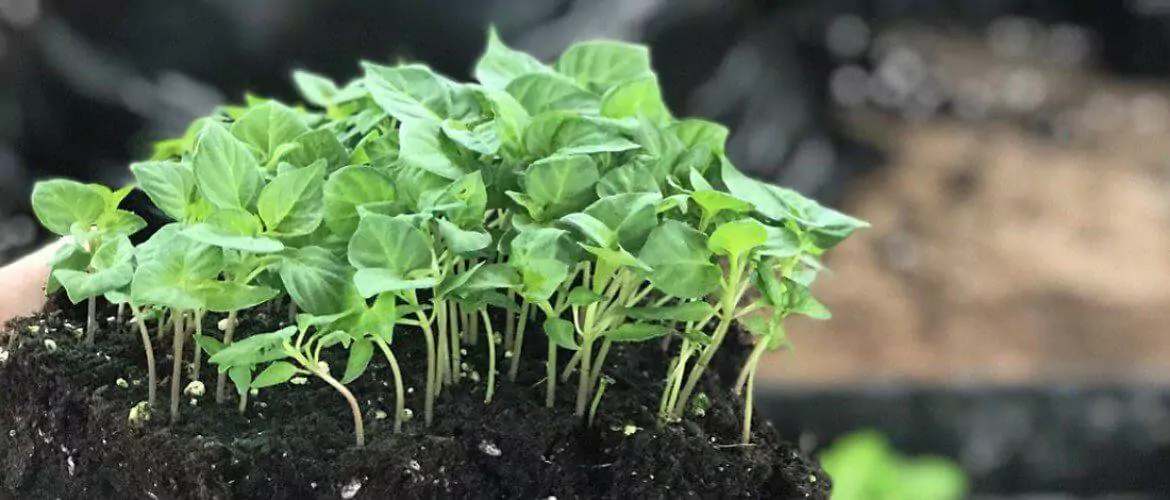
Quality Nutrients: How to Spot Them
Do you think all nutrients are the same? If so, then ask yourself if all cars are the same? Or if all hamburgers taste the same? The answer is no, so why would nutrient brands offer products that were the same as every other brand? Quality nutrients are hard to find. There are many different types of nutrients. Each having their own benefits. To see that, you first have to breakdown previous assumptions that nutrients are the same because they are not! Now one of the reasons why the majority of growers think they are the same is simply because no one ever explained the difference. With this lack of knowledge, we automatically assume that all nutrients are the same. Follow along to find out how you can distinguish the frauds from a quality nutrient line.
#1 Think Smarter than Other Growers!
All nutrients will enhance the growth and development of plants, but so will all cars bring you from A to B. Growers that assume all nutrients are the same will most likely end up with a product line that is not entirely suited to their needs. Nutrients should follow the Law of the Minimum from Justus von Liebig. This scientific law states that the growth of a plant is limited by the resource that is not given in the minimum amount needed. What? I thought plants would do fine with just NPK. No! Bad assumption.
Raw Materials Matter
Plants require 17 necessary elements to grow and develop. If one of those essential elements is not given in the minimum amount needed, your plants’ growth will be limited, and you will never reach that point where you grow big healthy cannabis. A big part of reaching this is with the raw materials used in nutrients. Some companies claim to only use pharmaceutical ingredients (>99% pure ingredients). This is most unlikely as it is costly to use and offer no real benefit in hydroculture. Most hydroculture systems are far from sterile like a lab, so paying for expensive fertilizers that will be contaminated quickly is a waste of money. The most honest and best nutrients are nutrients that use food-grade (90 – 99% pure ingredients) raw materials. These materials are the number 1 used in indoor horticulture and also the most cost-effective.
#2 Time is Money!
Who doesn’t want to spend most of its time relaxing or spending time with family and friends? Who doesn’t complain that there is not enough time in a day to do all the chores? Exactly, time is valuable, and your choice of nutrients can make a massive impact on your life. With so many brands and the assumption that all nutrients are the same, it is easy to stick with a product line where you need 8+ bottles at the start, but quickly you’ll realize you have to add another 5 to “maximize” your grow. Don’t fall for it.
Simplicity is Key
Plants indeed need 17 necessary elements and other elements to enhance certain growth parts of the plant, but what many growers don’t know is that many of those 17 elements can be put in one bottle. Certain companies try to get every dollar out of your pocket by splitting up products, claiming you need 13 bottles to grow. Nonsense! Before you know, you need a degree in biochemistry before you can mix the nutrients. This variety of products makes the mixing process overly complicated, time-consuming and often prone to mistakes. Find a line that will offer you simplicity without compromising your yield.
#3 It is Time to Tell the Truth About Nutrients
It is easy to judge a product based on its package or the companies’ marketing, but what it all comes down is what the product will do for you! Great packaging and great marketing don’t make a great product. You need a product that will help you grow that unbelievable, mind-blowing crop, and let’s face it, the best-looking one doesn’t always have the best result. We have talked about the quality of raw materials used, the number of products “required” by some companies for you to see results, but what about the actual result? How can you see the quality of the nutrients in your end product? What are “quality nutrients”? First, take a look at your environmental factors to find this answer. How do you distribute your nutrients? The majority of growers use irrigation systems, and this specific way of feeding asks for more than just any nutrient line. It asks for a clean nutrient line.
What is a clean nutrient line?
Clean means that after mixing the nutrients, no residue is left behind in your reservoir or in your irrigation systems. A clogged system is critical to your plant, and once your system is clogged, all the previously discussed points don’t matter anymore. Raw materials are an essential factor in producing clean nutrients, but even when using high-quality raw materials, it is very easy to make mistakes. This because of the maximum solvability of raw materials. No matter the quality of raw materials, adding an endless amount of raw materials to water will eventually cause unmixed nutrients in the water. These unmixed parts are the biggest reason why so many irrigation systems get clogged.
#4 Work Smarter, Not Harder– Keep Money in Your Pocket
After discovering what you, as a grower, want from a nutrient line, there is one more big thing that shows that not all nutrients are the same. We previously mentioned 1. Quality of Raw Materials Used 2. Amount of Products Needed 3. Clean Nutrients, but there is a fourth one. Price!
You always, ALWAYS have to check the dosage ratio
What if you could use a simple and effective nutrient line that also saves you thousands of dollars? Do you think that is not true? Actually, there are considerable differences in pricing. Most growers tend to judge pricing based on the price they pay for a bottle of the can. Wrong! This is such a commonly made mistake that people pick nutrients for the wrong reasons. The best way for you to find out how different brands compare with each other is by asking your supplier for a price comparison sheet.
Our Final Thoughts
Eventually, you have to decide what factors are essential for you when choosing a nutrient brand. What are your qualifications? Check our list and then consider your environment, lights, substrate, and strains to find your best match.
If you still have questions, send us an email at [email protected] for one on one custom advice from Dutchpro USA.




